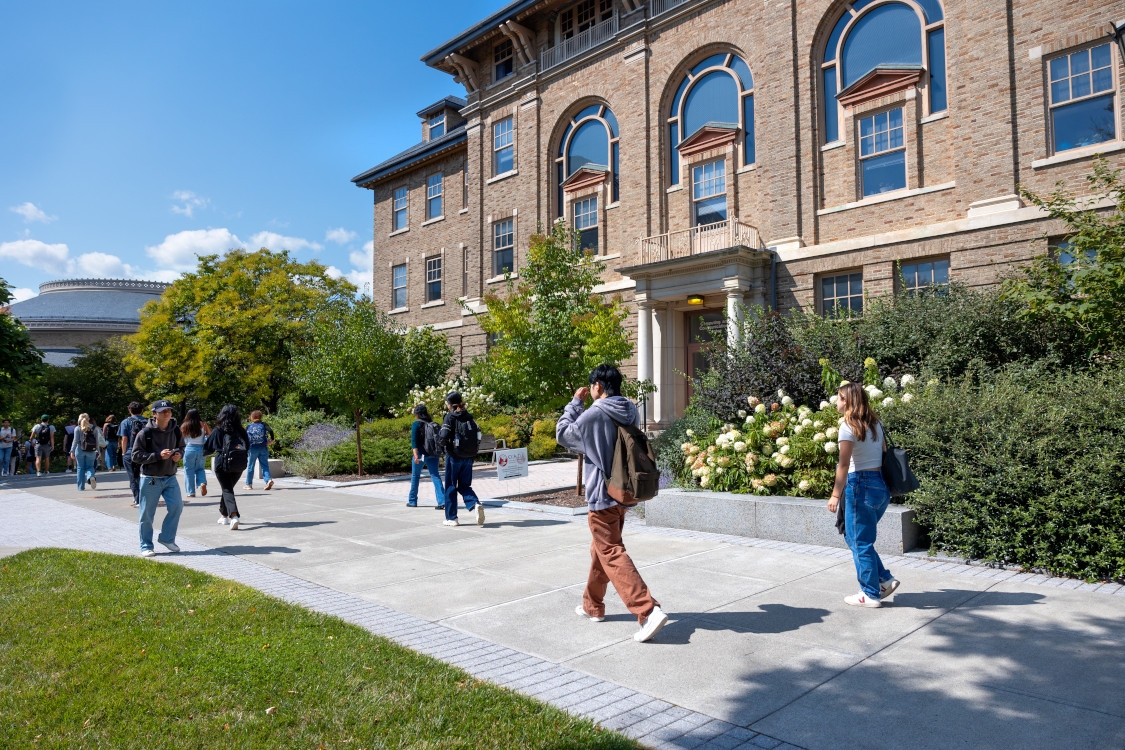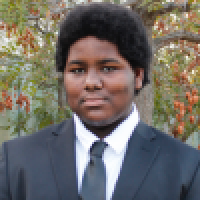Things I Worried About Before Coming to Cornell vs. My Experience

Blog Post
When I first received my acceptance letter to Cornell on March 27th, I was thrilled—but also nervous. As a graduate of a small public high school in Manhattan, where my graduating class barely reached 90 students, the idea of joining an Ivy League institution of over 25,000 felt overwhelming. How would I find my place in such a massive community? Would I still be able to form close relationships with my professors? And where would I call home on such a sprawling campus?
Finding My Community
At my high school, I thrived in tight-knit classrooms and a diverse environment where I connected with people from all walks of life. The thought of getting lost in a sea of students at Cornell was daunting. However, within weeks of arriving, I realized that Cornell’s size is one of its greatest strengths. Yes, the university is large but comprises countless smaller communities—whether through my dorm, classes, or clubs. I started connecting with fellow students in the ‘CALSZone,’ where I met upper-level students who helped me navigate campus life. I bonded with fellow first-years in my introductory courses. Instead of feeling lost, I found myself surrounded by people who shared my passions and curiosity.
Connecting with Professors
Another worry of mine was whether I’d be able to form meaningful relationships with professors in such a big school. Back home, my teachers knew me by name and were always available for extra help. At Cornell, I quickly learned that professors are just as accessible—if you take the initiative. Office hours became my secret weapon. In my first semester, I visited my Division of Nutritional Sciences (DNS) professor to discuss a lecture topic, and that conversation turned into a mentorship. Now, I’m even considering joining her research lab next year. I also started taking advantage of the TAs and various support Cornell offers to learn and connect with peers and professors in similar prospective fields. Cornell’s faculty want to engage with students; you just have to reach out.
Navigating Campus Life
Housing was another concern. I’d heard stories about cramped dorms and long walks to class, but my experience has been the opposite. Living on North Campus (in one of the program houses) as a first-year student has been a game-changer. Not only is it beautiful (especially in the fall!), but it’s also designed to foster community. Late-night study sessions in the common room, random game nights, spontaneous trips to Libe Café or Novick’s, and even the random end-of-the-semester Uber Eats Cold Stone delivery have made my dorm feel like home. And while some of the walks can be a trek, it’s given me a chance to explore Cornell’s stunning scenery—something I’d never get to see fully in New York City.
The Reality vs. The Fear
Looking back, my worries were far from the whole story. Cornell’s size isn’t a barrier—it’s an opportunity. The university’s structure ensures that you’re never just a number, and the resources here (from advising to clubs) make it easy to carve out your niche. If I could give my pre-Cornell self one piece of advice, it would be this: Embrace the unknown. The things I feared most—finding community, connecting with professors, adjusting to campus life—have become some of my favorite parts of being a Cornellian. So, to any prospective students reading this: Your concerns are valid, but don’t let them hold you back. Cornell has a way of turning worries into wonderful experiences—you just have to take the first step.

